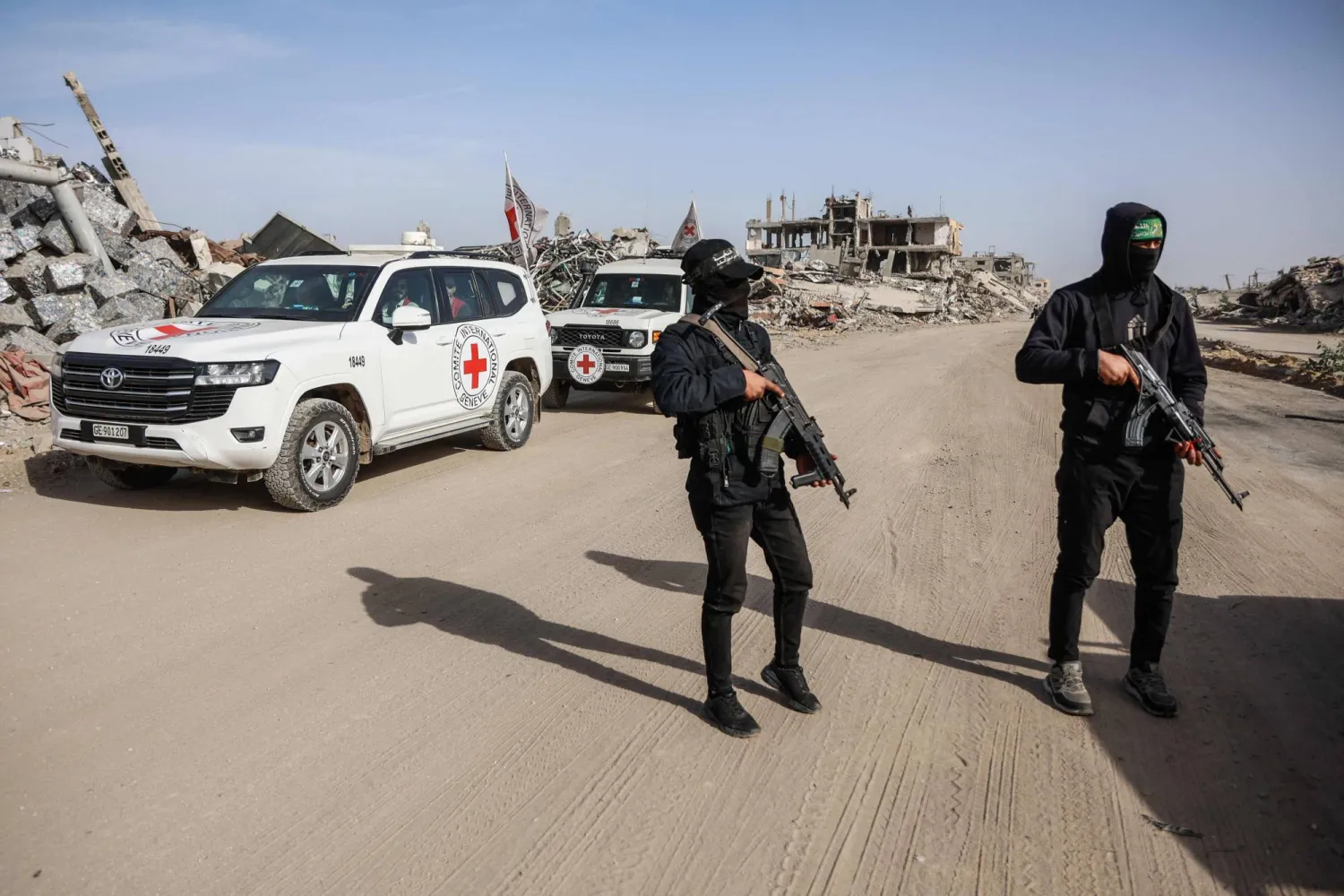Food imports are ongoing to Houthi-controlled areas following the recent Israeli attacks on vital infrastructure and facilities at the Ras Isa and Hodeidah ports in Yemen, an international report revealed.
According to the Famine Early Warning Systems Network (FEWS NET), early analysis indicates an overall low concern for the potential for meaningful disruptions to food and fuel import volumes.
On September 29, Israel targeted vital infrastructure and facilities in Hodeidah for the second time in retaliation for Houthi attacks on Israel. The attacks involved oil tanks at the Ras Isa port (north of the western city of Hodeidah), the port of Hodeidah (the target of the first attack in July), and the governorate’s two main power stations.
According to officials, the airstrikes killed five civilians and wounded 57.
FEWS said the damage to power stations resulted in power outages, including in Hodeidah and parts of Sanaa. It noted that as of the end of September, the power stations remained non-operational. Ras al-Khuthayb power station (the largest) reportedly incurred the most damage, with boilers destroyed by the bombing.
The Network affirmed that three of four oil tanks in Ras Isa were damaged, while Houthis officials reported that the fuel tanks had been recently emptied in anticipation of Israeli strikes.
FEWS also said significant damage at Hodeidah port has not been reported.
Houthi officials report that impacts of the strikes were insignificant.
According to available information, food and fuel imports are ongoing following the attacks. FEWS said it continues to triangulate available data and information sources in the aftermath of the strike and will provide an updated analysis of any expected impacts on acute food insecurity in the forthcoming October Food Security Outlook report.
However, it said, early analysis indicates overall low concern for the potential for meaningful disruptions to food and fuel import volumes.
The report also showed that given poor purchasing capacity and the continued pause of WFP-provided humanitarian food assistance in areas controlled by the Houthi-based authorities, millions of poor households are likely to continue to face food consumption gaps across Yemen, with particular concern for internally displaced persons (IDPs), flood-affected households, and poor households that depend on daily wage opportunities.
FEWS said that across the country, Crisis (IPC Phase 3) or worse outcomes are expected to persist through January 2025, with some Houthi-controlled governorates likely to continue facing Emergency (IPC Phase 4) outcomes amid the food assistance pause and the impacts of recent devastating flooding.
“Above-average rainfall in July and August contributed to favorable growing conditions for crops and rangeland resources (pasture and water for livestock) in many areas,” the FEWS report said.
However, it added, severe flooding has negatively impacted crop production in affected areas. According to a rapid assessment conducted by FAO in August, around 99,000 hectares (ha) of farmland have been impacted.
The vast majority of this impacted farmland was in Hodeidah (77,362 ha) and Hajjah (20,717 ha), representing approximately 12% and 9%, respectively, of the total farmland.
Meanwhile, around 279,000 sheep and goats were potentially impacted, according to the same FAO assessment.
Hodeidah, Hajjah, and Al Jawf were the most affected, with an estimated 6% of sheep and goats impacted Hodeidah (106, 361), followed by 4% Al Jawf (50,664) and 4% in Hajjah (46,424).
Worst-Affected Households
FEWS said that according to the 2021 Food Security and Livelihoods Assessment, these areas are important livestock suppliers and pastoralism is an important livelihood system, particularly in Al Jawf, where an estimated 20% of households considered livestock to be their primary source of income.
Due to losses of key sources of food and income amid the ongoing assistance pause, some worst-affected households in severely affected areas have likely experienced losses of livestock assets and damage to livelihoods, it noted.
The report also revealed that households worst-affected by flooding in both pastoralist and agropastoral areas are likely unable to meet their minimum food needs in the absence of assistance.
According to the report, September marks the start of the main cereal harvest season in Yemen when poor households experience a seasonal boost in food availability from crop production as well as income from labor opportunities along crop production and marketing chains.









